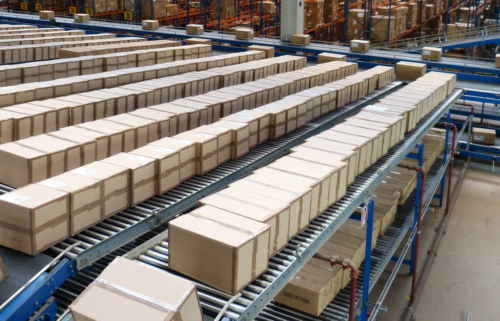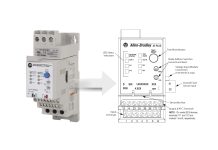
There’s been a lot of talk in recent years about automated systems and operations, particularly when it comes to retail warehouses.
Amazon may not have been the first, but it was one of the most high-profile companies to roll-out automated robots and solutions.
It eventually adopted so many different robotics that it created an entire department dedicated to the task.

From the outside, one can only wonder what it’s like to move around, work and potentially interact with the automated robotics inside Amazon’s warehouses.
More importantly, what’s going to happen in the future? What will fully automated warehouses look like?
The Autonomous Warehouses of the Future
Thanks to a relatively new warehouse facility owned by JD.com in Shanghai, we may have a better glimpse.
JD.com’s warehouse is entirely manned by machines, with just half a dozen workers keeping an eye on things.
The warehouse wasn’t always a machine-driven location. Over 500 workers would spend time picking orders and packages and moving them to their necessary place, whether on a shelf or transport.
Sometime in 2017, however, the warehouse underwent a makeover thanks to a Tokyo-based startup called Mujin.
The goal was to boost automation to unprecedented levels with the help of modern and advanced robotics.
Today’s warehouse is now entirely manned by machines, all of varying designs. The most common are robotic arms meant to identify, pick, pack and transfer packages to their place within the warehouse.
Other robots — similar to Amazon’s — glide around the warehouse floor, completing various actions such as moving goods to a loading dock.
Adversely, a much smaller crew keeps the operation and facility active. A total of four or five workers spend time within the warehouse, and they don’t perform any traditional duties.
The robots handle all the picking and moving, so instead, the human workers merely assist the electronics. They might respond to issues that a robot is having, repair any problems or monitor their progress overall.
What Makes Automation Possible?
You’re forgiven for thinking it’s the robots and automation support systems, alone, that make such an operation possible.
JD.com and Amazon’s robots, for instance, do a lot of physical work. However, there’s a lot that goes into optimizing and building the related systems.
For example, every package or product must get outfitted with either RFID smart tags or the appropriate barcodes. More advanced barcodes include detailed information about an item, including where it came from, where it’s going and what’s inside.

The machines don’t know what they’re picking up and sending to a potential destination. However, by using the right labeling and identification systems, robots can deliver a degree of accuracy never seen before.
In turn, that means the robotics must have scanners to check the barcodes and tags, and all of it must be tied-in to a remote-controlled system, namely powered by artificial intelligence (AI) or machine learning.
The remote operator — in this case driven by AI — uses algorithms to make decisions on the fly, allowing for proper picking and placement.
The entire ecosystem is digital, with just a few human laborers around to keep everything running smoothly.
Is This the New Normal?
The success that many of these organizations are having with the technology — Amazon is always the go-to — is alluring to just about everyone.
Automated warehouses, outfitted with the kind of robotics discussed here, could mean much lower operating costs, better accuracy and faster delivery times, plus much higher profits for the parent company.
There’s almost no reason why we wouldn’t see the technology rolled out on a grand scale. Although, hopefully, most companies will look to combine the support of robot and human labor — through cobots — so the modern workforce doesn’t lose an opportunity.
Written by Megan R, Nichols
STEM Writer and Freelance Blogger
Have a question? Join our community of pros to take part in the discussion! You'll also find all of our automation courses at TheAutomationSchool.com.
Sponsor and Advertise: Get your product or service in front of our 75K followers while also supporting independent automation journalism by sponsoring or advertising with us! Learn more in our Media Guide here, or contact us using this form.
- The First Fully Automated Warehouse - February 20, 2020
- Agriculture Automation Trends You Need to Know - February 6, 2020
- How to Implement Lean Manufacturing Processes - January 23, 2020

Discover more from The Automation Blog
Subscribe to get the latest posts sent to your email.




